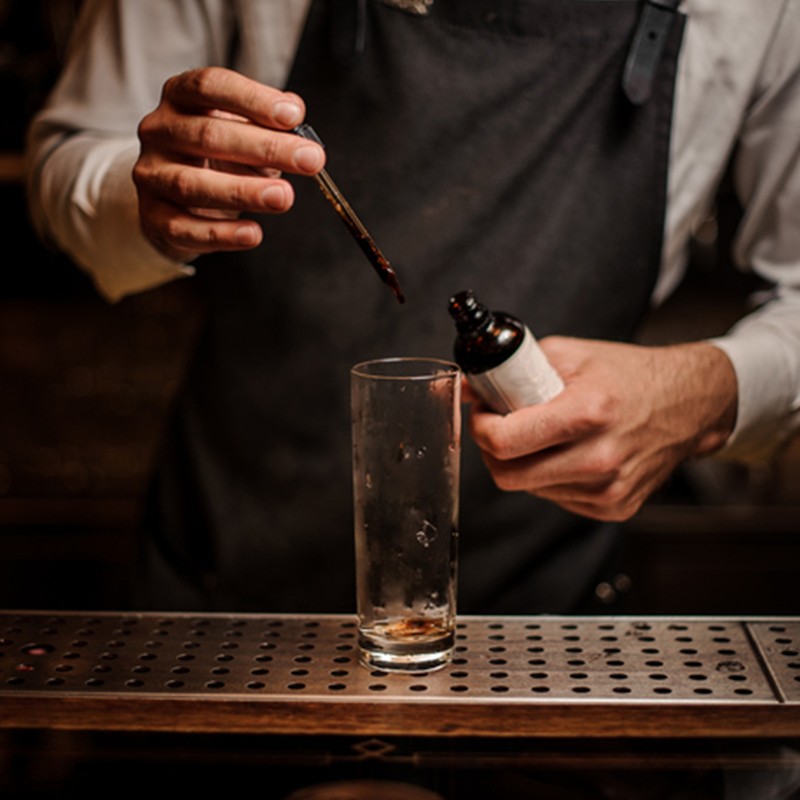What You Need To Know About Bitters
First up, what exactly are bitters?
“Think of bitters like seasoning! They are intense flavours suspended in alcohol through the maceration of different botanicals. They’re used for adding a small amount of intense, bitter, botanical flavour to your drinks. Bitters were originally created as tinctures full of health properties in the 18th century (peppermint for digestion, ginger for a sore throat and so on) and were diluted with alcohol because the water at the time wasn’t up to standard. Lime was added to prevent scurvy, and that’s how the very first cocktails came about, based on a simple combination of spirit, water, sugar and bitters.” – Jess Williamson, Master of Malt
“Bitters is a slightly confusing name because they’re not necessarily always ‘bitter’. Bitters are made by infusing a neutral spirit with any number of aromatics, including spices, tree bark, roots, seeds or fruit. In the context of cocktails today, bitters are used to impart certain key flavours and add a nuance to drinks. A bartender will often choose a specific style or flavour of bitters to enhance their drinks by adding a richer or more powerful note.” – Nate Sorby, brand ambassador, Cazcabel Tequila & Cut Rum
Why have we started to hear a bit more about them in recent years?
“Simply because people are getting more experimental with their home bartending – if this was a growing trend over the last few years, the last 18 months has majorly accelerated it, as people have been forced to make cocktails at home.” – Jess
“The rise in popularity of cocktail bitters is probably also due to the increase of more artisanal or craft bitter brands, as well as the recent return to a more classic approach to cocktails – bartenders have been rediscovering old recipes that call for bitters as a flavour enhancer rather than a syrup or a liqueur.” – Nate
Everyone will recognise Angostura, but what are the other brands and flavours to know?
“Like Angostura, Peychaud’s is another classic, but more modern brands like Bob’s Bitters, Ms Better’s, Fee Brothers and Bitter Bastards cover a wide range of single botanical bitters, unlike Angostura and Peychaud’s, which pack in multiple botanicals.” – Jess
“Peychaud’s is a brand that has stood the test of time much like Angostura. It was used in the classic Sazarac after being developed in 1830 by a Haitian apothecary who settled in New Orleans. Another popular and easy-to-source brand to look out for is Fee Brothers, an American brand that has a host of different flavours from orange through to cherry and rhubarb. Cacao or Aztec chocolate bitters have also seen a bit of a resurgence and are especially good for adding a rich flavour to stirred-down rum and agave-based drinks. Look out for brands such as Bitter Truth, which uses natural ingredients in its bitters.” – Nate
Which are the classic cocktails that really need bitters?
“Classic cocktails often call for Peychaud's or Angostura bitters, like a Manhattan, Sazerac or Old Fashioned. They’re crucial here because there are so few ingredients in these cocktails, so the bitters really stand out and elevate the drinks.” – Jess
“Most classic recipes that use bitters tend to be simpler drinks that are often stirred down, such as the Old Fashioned or the Sazerac, which is similar in style to the Old Fashioned but incorporates an absinthe-rinsed glass and the fruiter Peychaud’s. The Dark & Stormy (rum and ginger beer) uses large dashes to add flavour and colour to the drink. With the wide variety of flavours and styles now available you can use bitters to enhance any cocktail – a couple of dashes to a Margarita or Daiquiri can lift key flavours and give a subtle depth of flavour.” – Nate
Do certain bitters work best for certain spirits?
“Generally, floral and herbaceous bitters will work better in lighter spirits, like white rum, unaged agave spirits or gin. Chocolate or vanilla bitters will pair better with dark, aged spirits, like rum, whisky or brandy, because those are the flavours you’ll find in the spirits already. But there are always exceptions to the rule! Don’t be afraid to experiment.” – Jess
“It’s always important to use bitters with caution as too much can overpower any spirit or finished cocktail. It’s best to think about the flavour profile of the spirit you’re using when picking which flavour or style of bitters to use. The classic style such as Angostura or Bob’s Bitters will add depth and a herbal note to your drinks, but are more bitter than some of the fruitier flavours. It’s important to think about the overall flavour of your drink as well as the spirit. Tequila and rum, for example, work wonders with chocolate whereas an American whiskey or Scotch plays well with soft fruits such as orange or peach.” – Nate
What’s your favourite way to use them?
“I enjoy switching out classic bitters for single botanical ones in a classic cocktail: for example, chocolate bitters in a Manhattan bring out those already chocolatey notes in the rye whiskey. Subtle twists on classics are a good place to start if you’re looking to experiment.” – Jess
“My favourite way to use them is to elevate the key flavour of the drink and add depth without adding additional sugars or alcohol. A few drops of the right bitters will enhance the drink. I am always thinking of the final drink when selecting bitters and what I want them to add to that drink. If I’m making something spirit forward and stirred down with rum, I will use something with more punch like Angostura or Bitter Truth chocolate bitters. For subtler drinks such as a classic Toreador, I will add a few drops of orange or peach bitters to enhance the apricot brandy.” – Nate
Does it matter whether you add your bitters in sprays or drops?
“Drops will generally allow you to add more of your bitters to the drink in one go, often before you stir it. Sprays go on when the drink is pretty much finished, as more of a garnish than an ingredient.” – Jess
“Yes, drops tend to be used when adding to the drink before dilution (stirring or shaking) to impart flavour and normally just a few will do. A spray will give a bigger initial burst of flavour across the top of a finished drink to provide an aroma.” – Nate
Are they an essential part of any bar?
“It depends on what you want to make! But mostly yes, they are fairly essential. You can’t make a vast number of classic cocktails without them – an Old Fashioned, for example, only has three ingredients (whisky, sugar and bitters). To omit the bitters would be to make a totally different drink.” – Jess
“For any keen home bartender, the following are a good stable selection to have in the spirits cupboard and will give you plenty to experiment with: Angostura, Regan’s orange bitters, Bitter Truth chocolate bitters, Fee Brothers peach bitters, Peychaud’s bitters and Boker’s bitters.” – Nate
Is it possible to make your own?
“Absolutely! It involves macerating botanicals in a high-strength neutral base spirit for up to a few weeks, before straining and bottling.” – Jess
“Just take great care when selecting your botanicals as some can be toxic when steeped into high-strength alcohol. It’s always important to do your research. Here’s how to make them properly…” – Nate
Step 1: Steeping
Combine all the spices, roots, barks and other flavourings to a jar and add the high-strength spirit. This will need to sit for about two weeks and will need to be shaken daily to ensure the flavours infuse properly and evenly.
Step 2: Straining & Heating
Strain the spirit into a clean jar using muslin, then seal. Heat the solids on the stove with water and then put that entire mixture (water and spirit-soaked ingredients) into a separate jar. Let that sit for one week.
Step 3: Combining & Sweetening
Strain out the solids, discard and combine the infused high-strength spirit with the water to bring down to the desired ABV. If the liquid is still murky, strain it again through muslin. (It’s common to have a little sediment remain.) The last step is to add a bit of sweetener, if needed, to make the mixture more palatable, as it will be incredibly bitter. Depending on the flavour of the bitters, use a rich simple syrup (two parts natural brown sugar to one part water), honey, molasses or maple syrup. Once added, shake it until the sweetener is fully dissolved and let it sit for another three days. Finally, the bitters are ready to bottle.
Last question: bitters are alcoholic, but you only need a small amount – can they be used in non-alcoholic cocktails?
“Bitters come in at around 35-40% ABV, and one dash is equivalent to less than 1ml. So while they add a great deal of character, the alcohol content added to a non-alcoholic cocktail will be very minimal. It’s totally up to you whether or not to use them.” – Jess
“They have a high alcohol content but due to the concentrated flavour and the small amount used, the alcohol is diluted further when mixed with sodas or fruit juice, but it’s important to note that a small amount of residual alcohol remains. An example of this is the Australian favourite, lemon, lime & bitters, which mixes fresh lime juice with lemonade and a few dashes of Angostura bitters, which elevates the sour, sherbet note. The exception to this rule of small drops or dashes is the Trinidad Sour which uses a huge 45ml of Angostura bitters as the base spirit.” – Nate
Inspired? Here are three recipes to try at home…
Cin Cin Negroni: David Toscano, Cin Cin
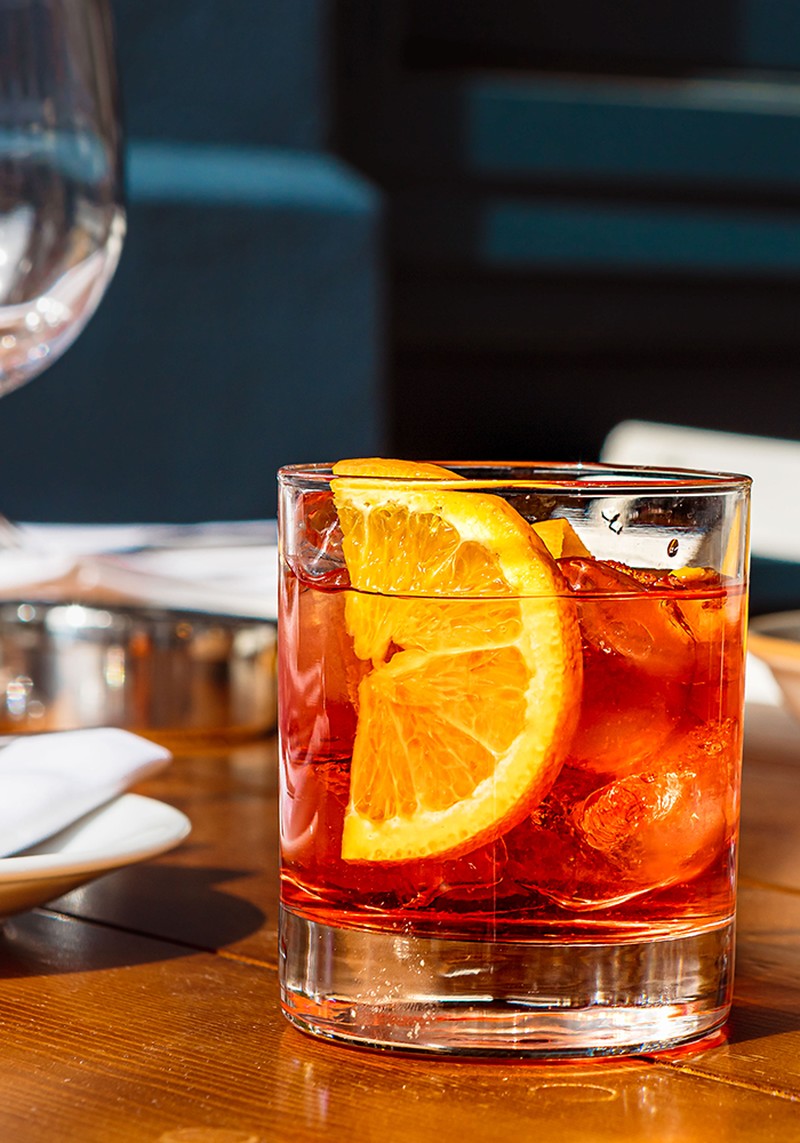
Half fill a large mixing glass with ice and pour in the ingredients. Stir for at least 30 seconds to combine the flavours.
Strain over ice into an old fashioned glass. Garnish with a twist of orange peel.
Visit CinCin.co.uk
Golden Gai: Wilson Sa Lemos, Golden Gai
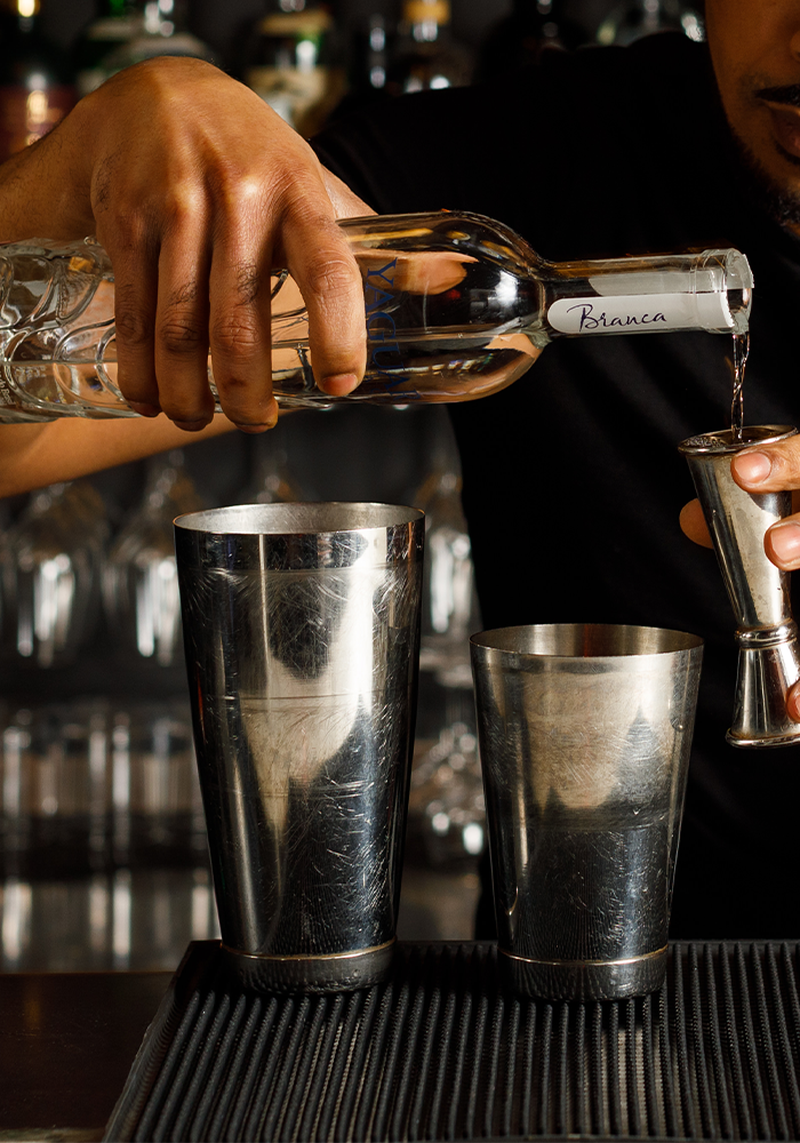
Add the spirits to a mixing glass. Top with ice.
Stir slowly for 90 seconds.
Use strainer to pour mixture into a martini glass. Serve.
Visit GoldenGai.London
Desert Rose: Eder Neto, The Standard
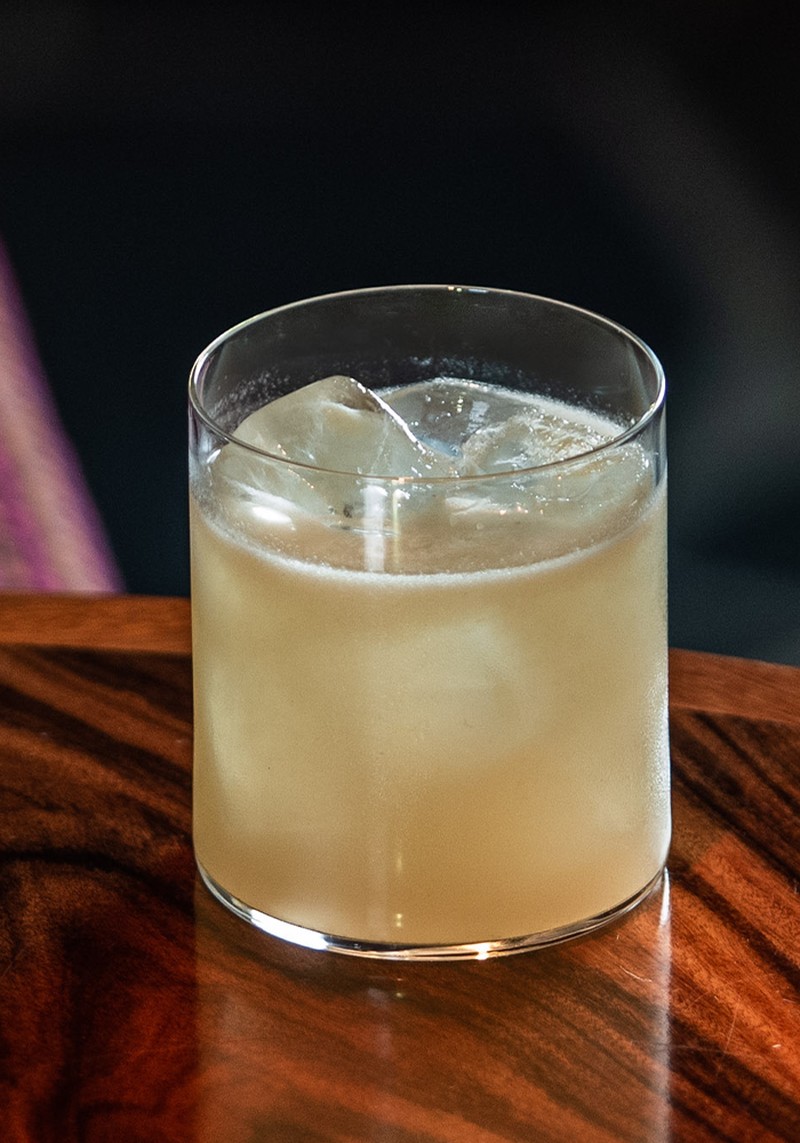
Pour all ingredients into the serving glass.
Add ice cubes.
Stir it around 20 times.
Top up with fresh ice cubes.
Garnish with a grapefruit zest.
Visit StandardHotels.com
Keen to get started? Here are all the ingredients you need…
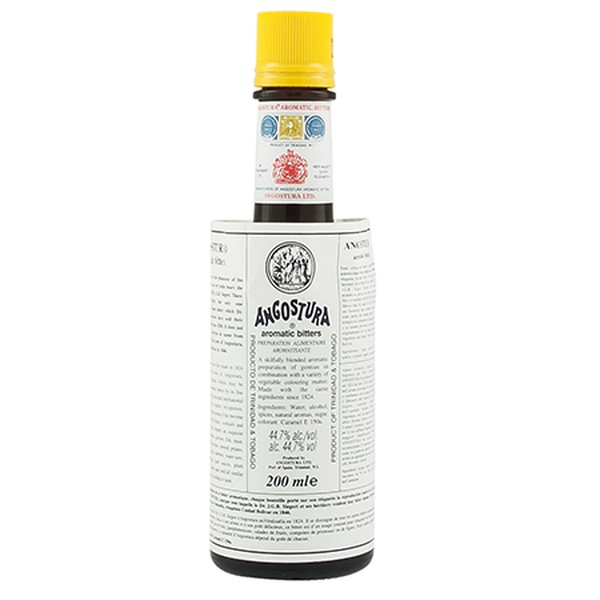
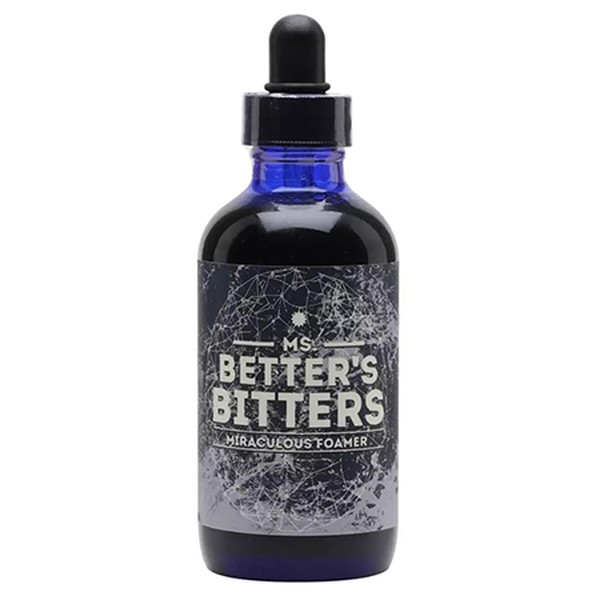
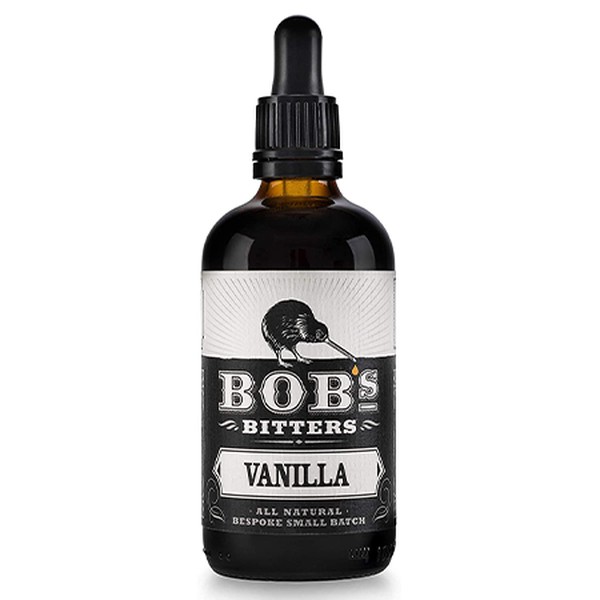
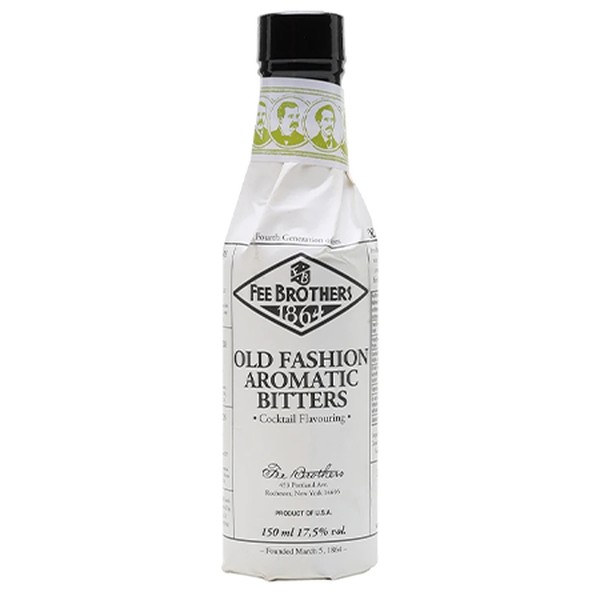
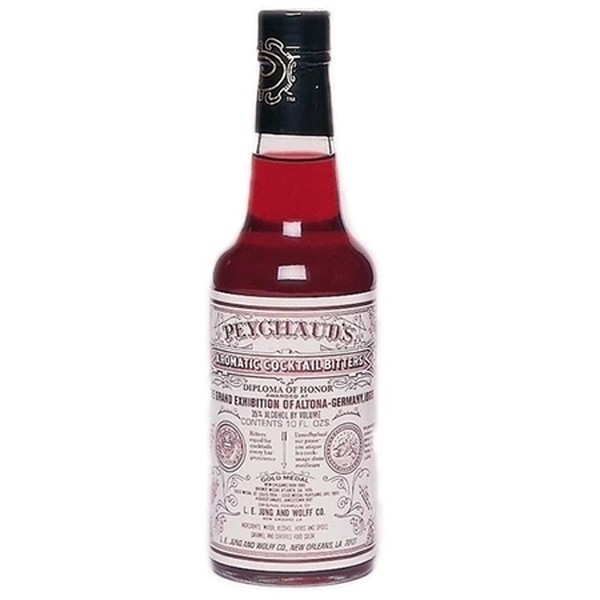
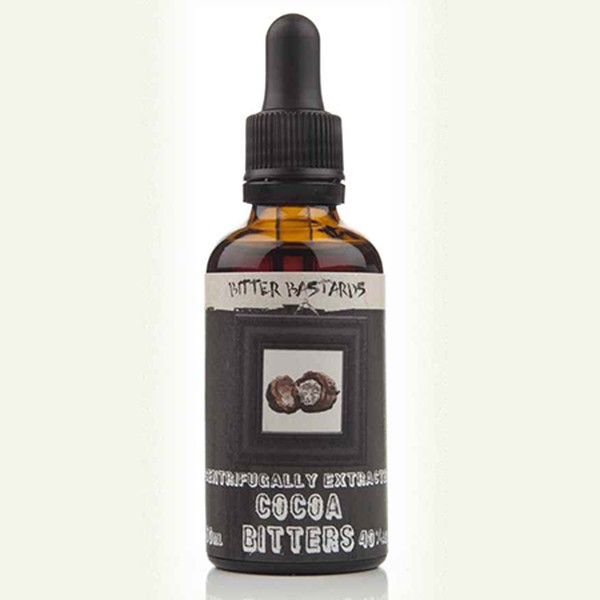
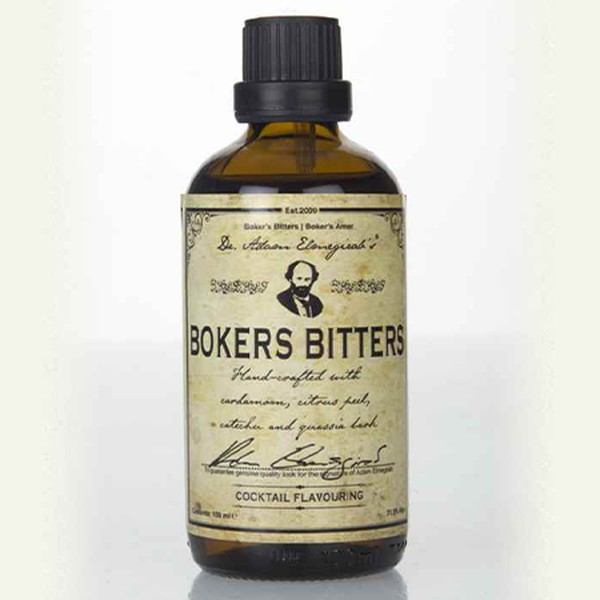
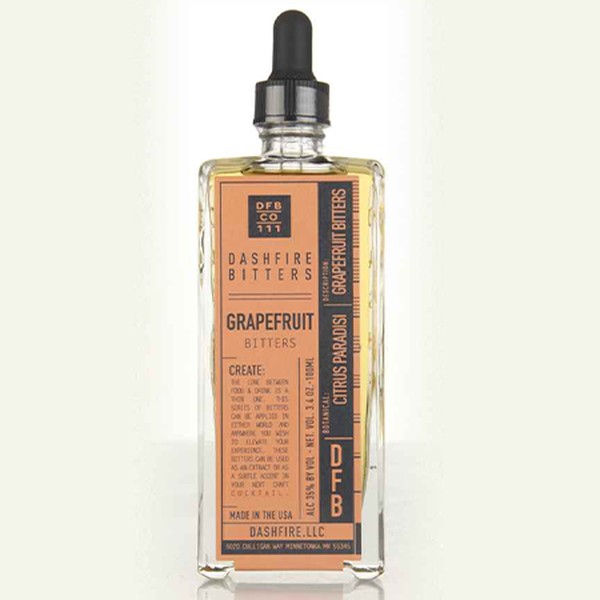
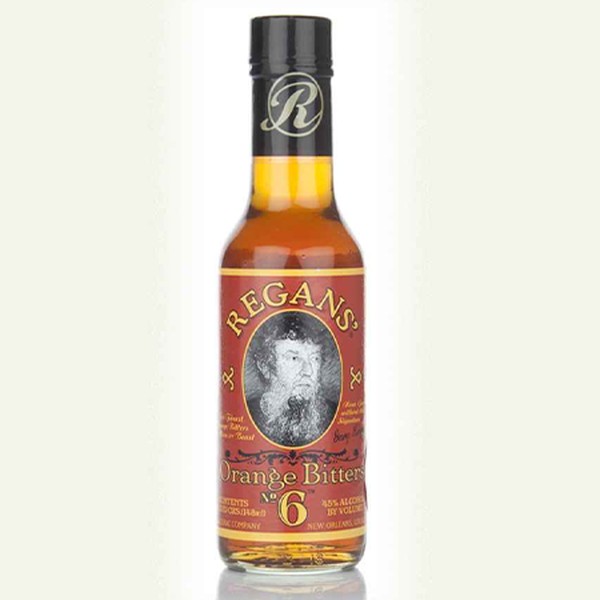
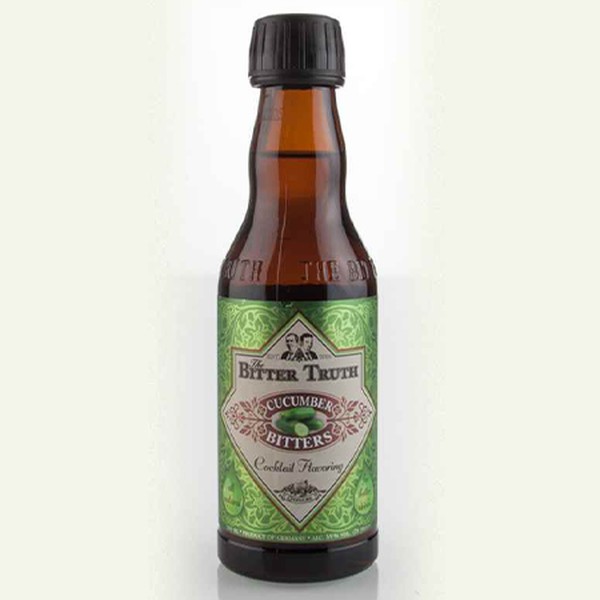
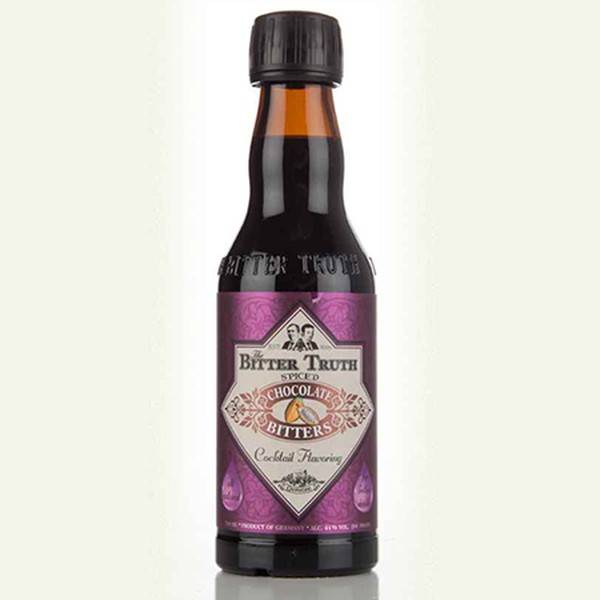
DISCLAIMER: We endeavour to always credit the correct original source of every image we use. If you think a credit may be incorrect, please contact us at [email protected].
